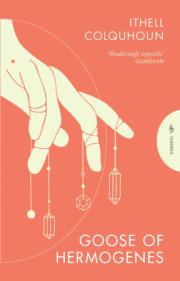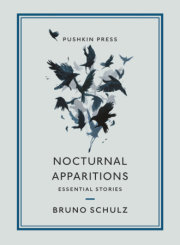Preface
Sade’s wife? Did he have one? Who was she? The woman who contracted an arranged marriage with the young Marquis de Sade in 1763, a few months before he became known for extremist sexual behaviour, has not been ignored by his biographers but has remained an enigmatic figure who stood shadowed at his side for nearly thirty years.
As with her husband, we do not know what she looked like, for the absence of family portraits has only deepened the enigma of the Sade ménage. A portrait of the Marquis’s father has survived, and a possible likeness of his mother. But in the case of his wife and himself, we are fortunate enough to hear instead their voices, which reach us clearly in their long exchanges of letters with each other and with a few other people. These documents, patiently edited and analysed by the scholars and biographers listed in the bibliography of the present book, reveal in detail the more than unusual life of this unique couple. More particularly we also learn how one woman, in a century when women possessed sexual power but few legal rights of their own, defied a dominant mother in her desperate attempts to help the difficult man she so unaccountably loved, before and during the confused times of the French Revolution: until suddenly she could not tolerate him any longer and retired into Christian-orientated solitude.
I have been greatly helped in the writing of this book by General (Vicomte) Pierre Lesquen du Plessis Casso, a descendant of the Sade-Montreuil-Menildurand families, by my persevering researcher Denise Merlin and by my editor Michael Levien.
I should also like to thank Jeffrey Simmons, the University of London Library, the London Library, Kent County Council Arts and Libraries, Sabrina Izzard and her staff at Hall’s Bookshop, Tunbridge Wells, and Mike Ridley.
Margaret Crosland
Prologue
In the summer of 1778 a woman of thirty-seven, living in Paris, wrote a short letter to her husband, sending it to his lawyer who would deliver it to him when it was safe to do so. It was not safe for the time being, for her husband, she knew or at least hoped, was just about to escape from prison. If he had already escaped, no one would know where he was. ‘Do you believe now,’ she wrote, ‘that I love you, my dear little friend, whom I adore a thousand times over? Take good care of your health, don’t go short of anything.’ They had been married fifteen years, they had three chil- dren, he had been in prison four times and the escape now being planned or already achieved, was his second. His wife, who had helped in the planning, did not yet know that it would be short-lived. She was deeply in love with her husband and in this letter she addressed him as
tu (they both tended to use
vous more than
tu)
. She was desperate for news and equally desperate that nothing should go wrong: ‘… have letters written to me in someone else’s handwriting and between the lines write to me in invisible ink’. She intended to do likewise; she would join him when she could and explain many things. He was not to worry about anything, she was on tenterhooks until she received some news. ‘But I would rather have no news than that you should take risks.’ His lawyer would give him as much money as he wanted.
‘Take care of yourself, I entreat you.…’
Somehow she had scraped together some money for him, but he perpetually complained that he never had enough, for which he blamed either the lawyer or his wife herself. In fact he blamed her for most things, but he constantly needed her, if only to receive his complaints: she was the Marquise de Sade.
How had she come to hold that title?
Copyright © 2026 by Margaret Crosland. All rights reserved. No part of this excerpt may be reproduced or reprinted without permission in writing from the publisher.












































































